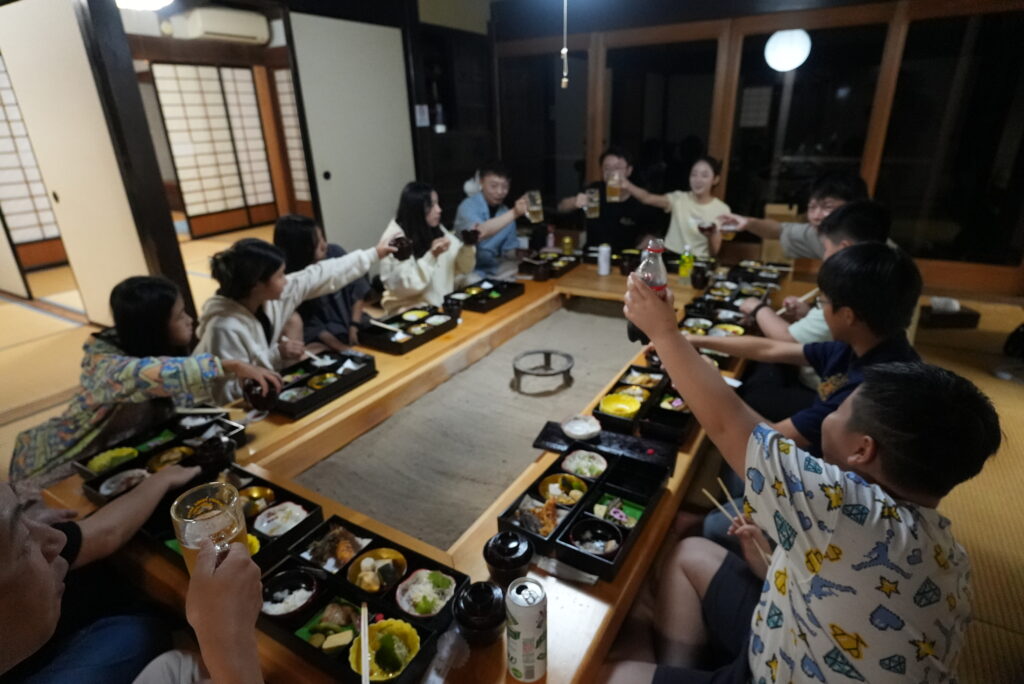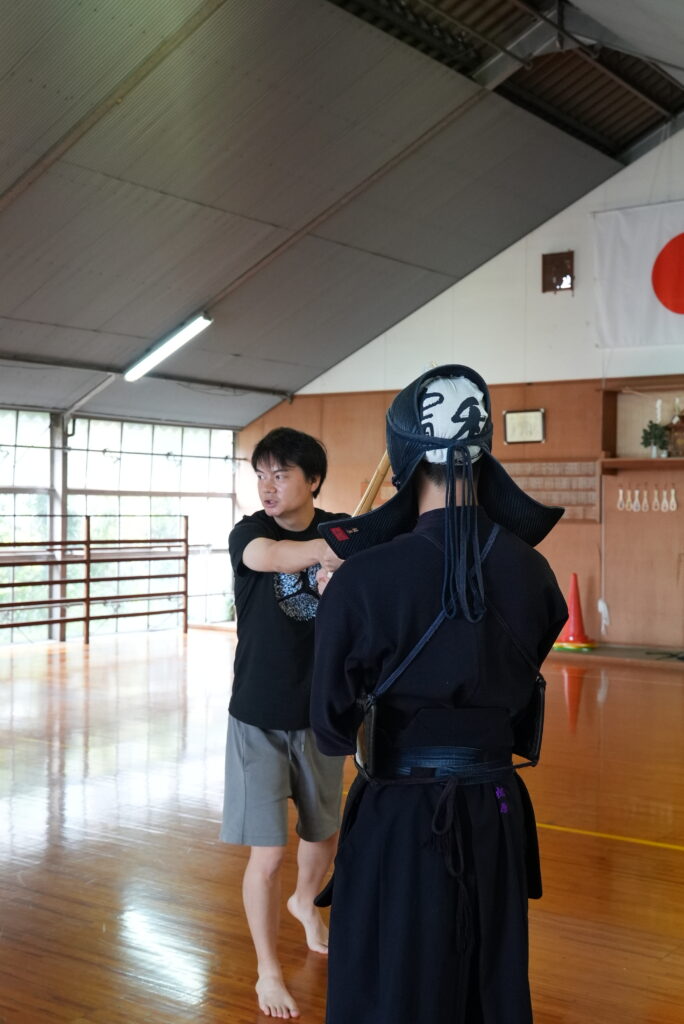Introducing Our Tour Example
Introducing Our Tour Example
Here’s an example of a tour organized by our company.
We were commissioned by a company based in Shenzhen and Hong Kong specializing in historical education. The group consisted of approximately 13 participants: nine children aged 10 to 12, their parents, and the company’s executives. Together, they explored Kyoto, Shiga, Nara, and Osaka, experiencing the rich history and culture of these regions.
This photo has been posted on our website and social media with the permission of our customers.

In this trip, participants don’t just visit typical tourist attractions; they also engage in hands-on experiences of traditional Japanese crafts. Through interactions with master artisans and explanations provided by an interpreter-guide, they learn about the raw materials, production processes, history, culture, and the heritage of the craftsmanship.

We offer a visit to a swordsmith workshop in Shiga, where participants can experience making a small knife using the same traditional methods as those used for crafting swords in the past. We collaborate closely with the workshop to ensure an enjoyable and engaging experience for our customers. Additionally, our guides are thoroughly educated about swordsmithing beforehand, enabling them to provide insightful interpretation during the visit.

In addition to sword-making, we also offer a Japanese kendo experience. This allows participants not only to craft a blade but also to actively use it in practice, immersing themselves in the enduring spirit of the samurai and the essence of Japanese culture. We place a strong emphasis on creating a narrative that connects these experiences, offering a deeper and more meaningful journey.The photo shows a guide explaining techniques used in kendo.

We organize visits to a workshop with over 150 years of tradition in ink-making. Participants learn about the techniques, manufacturing methods, and raw materials originally introduced from China, as well as experience the process of making ink themselves. This tour is designed to encourage participants to reflect on how Chinese techniques were introduced to Japan and evolved into unique Japanese craftsmanship.
We aim to create original tours that go beyond sightseeing, allowing our guests to immerse themselves in the rich stories and cultural narratives behind each experience.
